How to feed peppers? Organic and mineral fertilizers
Pepper, a plant from the nightshade family, is one of the most favorite vegetables in our kitchen. About 20 varieties of nightshade are known, of which the most popular is paprika - sweet pepper.
Pepper care
Despite the fact that peppers are quite whimsical to care for, you shouldn't give up growing a healthy vegetable. Sweet peppers do not tolerate abundant watering, but they are also sensitive to a lack of water. It is a thermophilic culture that loves good lighting. Vegetables like the regular loosening of the soil, which is carried out after each irrigation, as soon as the soil is dry enough. However, it is not required to loosen the soil too deep, a depth of 6-8 cm is sufficient. The procedure should be carried out carefully, since peppers have a superficial root system.
The vegetable is grown in the open field mainly through seedlings, but sowing seeds directly into the soil is possible. However, with this growing method, the crop is obtained 102 weeks later. The preparation of the soil for peppers is carried out in the fall by loosening it to a depth of 30 cm. At the same time, the soil is fertilized with compost or manure immediately after harvesting. You can also use a mixture of humus and ash: a glass of ash is added to 8-10 kg of finished compost.
In the spring, phosphorus or potash fertilizers at the rate of 30-40 grams per square meter. Phosphorus is essential for plant growth and root development. Nitrogen fertilizers are also used, they will need a smaller amount - 20-30 grams per square meter.
It should be briefly mentioned about the rules for planting sweet peppers. For this purpose, the beds are used on which cabbage, squash, peas or pumpkin were cultivated in the previous season. But it is not recommended to plant seedlings in those places where tomatoes or potatoes grew, since these plants are sensitive to the same pests. It should also be borne in mind that peppers do not like cucumbers.
Fertilizers for seedlings
It is necessary to take care of the timely feeding of seedlings in time. The first time the peppers are fertilized when the plant has appeared two true leaves (but not earlier than 14 days after the pick, if it was carried out). The following recipe will be the optimal composition for seedlings. Dissolve 0.5 tsp in a liter of water. urea and 2.5 ml of sodium or potassium humate.
The second feeding of seedlings is done 10 days after the first fertilization. The procedure is carried out during the period when the plant has reached phase 5 of true leaves. This time, 0.5 teaspoons of urea and 1 teaspoon are dissolved in a liter of water. potassium monophosphate. You can also use the following micronutrient fertilizers:
- Ideal;
- Orton-Fe;
- Aquadon micro.
The introduction of micronutrient fertilizers is carried out in accordance with the instructions. Next time, you can feed the peppers with the help of special fertilizer for seedlings, for example, Fertik's water-soluble fertilizer is used.
Tip: root top dressing should be alternated with foliar. If you irregularly fertilized bell peppers, then the procedure is carried out at least 2 times. The second feeding is carried out a couple of weeks before planting the seedlings in the ground.
Mineral fertilizers can be replaced with organic ones - mullein diluted with water in a ratio of 1: 4 or chicken droppings (1 part manure to 10 parts water).
If the described conditions are met, the seedlings will have leaves of a rich color and a well-developed root system. Determining the planting time of peppers is quite simple: the plant is ready to move into the soil if it has 7-12 true leaves, as well as small buds. The stems must be at least 20 cm high.
Top dressing in the open field
Transplanted sweet peppers also need fertilization.Good nutrition during the flowering period is an organic solution. 1 kg of manure or 0.5 kg of bird droppings are soaked in a bucket of water for 5 days. It will be great if you add 2 tablespoons of potassium monophosphate or a special fertilizer "Sudarushka for peppers" to the solution.
You can also use mineral supplements:
- ammonium nitrate (a tablespoon in a bucket of water);
- superphosphate (2 tablespoons per 10 liters of liquid);
- potassium sulfate (you need 1-1.5 tablespoons per bucket).
The prepared solutions are added to the irrigation water at the rate of 1 liter of the composition per 10 liters of liquid.
The first feeding of sweet peppers is carried out 2 weeks after the transplant, and then this procedure is carried out regularly - 4-5 times a week.
Fertilizers are desirable to alternate. Nitrogen fertilizers are used during growth before flowering and during fruit formation. Phosphate fertilizers are essential during fruiting. The lack of calcium in the soil can be compensated for with a 0.2% solution of calcium nitrate. This procedure is a good prevention of apical fruit rot.
To increase yields and improve the pollination of peppers on the land, pollinating insects should be attracted. To do this, during flowering, it is recommended to water the plant with a solution of sugar (100 grams) and boric acid (2 grams), which are dissolved in a liter of water.
During fruiting, wood ash is additionally introduced into the soil (2 glasses per square meter).
Tip: if you were not able to fertilize the plant as often as mentioned above, feeding the peppers in the open field is carried out at least 2 times. Once - 10-12 days after planting, while using organic fertilizers (manure, bird droppings). The organic solution can be replaced with the ready-made "Signor Tomato" fertilizer, for this 1 tablespoon of the dry mixture is dissolved in a liter of water. Water the beds at the rate of 1 liter for each plant. The second feeding is carried out using nitrogen fertilization, which is applied to the soil 12 days after the first feeding.
Disease protection
Like any cultivated plant, sweet pepper has many enemies. So, this vegetable is susceptible to attack by a spider mite. You can suspect the appearance of a parasite by whitish spots on the leaves or the formation of a bronze color. It is rather difficult to see a tick: a small parasite hides under the leaves. If peppers are infected with a spider mite, the situation can be corrected by spraying with malathion or derris. To keep ticks away from the peppers, they should be watered regularly.
Susceptible to sweet peppers and aphids. You can get rid of a harmful insect with the help of tobacco infusion. To prepare it, you need 300 grams of tobacco crumbs, it should be stirred in 10 liters of water and infused for 3 days. The grown plant is watered with the product.
Dandelion infusion protects against aphids and spider mites. 300 grams of grass or 200 grams of plant roots are stirred in warm water and left for 3 hours. The infusion is used immediately after preparation, it is irrigated with peppers after blooming and during flowering.
As a preventive measure against a viral infection, a simple remedy is used - skim milk, with which plants are treated during the growing season, especially in the first half of it.
A vegetable like pepper needs good nutrition, and its "appetite" increases during fruiting. For fertilization, they are used as organic, mineral substances, as well as factory-made mixtures.
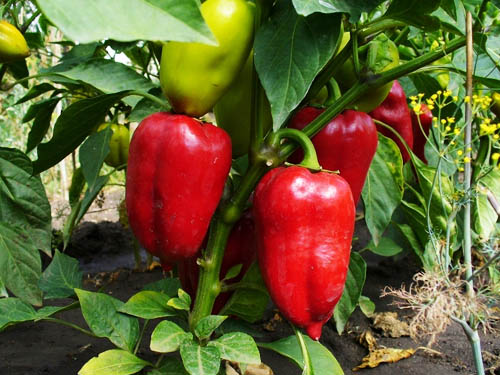
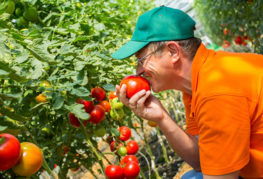
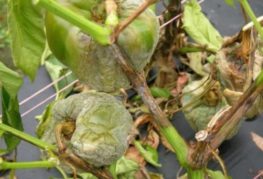
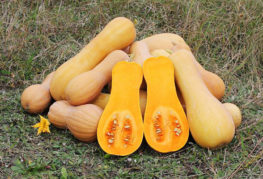
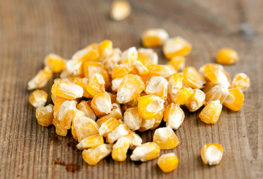
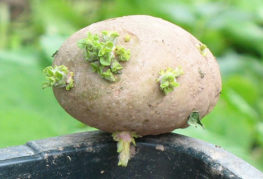
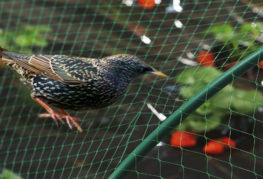
When I first planted peppers in my garden, I didn't even think about the fact that the plants needed to be fed. They grew slowly and the fruits were of different sizes. Moreover, the form was also not the same. Fruit ripening was also uneven. Now I understand that the plants needed feeding. True, even now, before reading this article, I did not know about the correct alternation of the use of nitrogen and phosphorus fertilizers. This is really very important and you need to know it. It is interesting to know which local fertilizer producers are now more popular in Russia and for what reasons?
Bell peppers are generally a very capricious vegetable and you need to try very hard to get a good harvest. I use a solution of bird droppings and ammonium nitrate for fertilization. I will definitely try to use the feeding and tips suggested in the article. Pepper often attacks aphids. I tried to use a solution of laundry soap. Of course, I would like to get good harvests, since I canned peppers and ice them for the winter.
I am an aspiring gardener. Therefore, I have been growing peppers for only a few years. At first, a lot of questions and problems arose: the seedlings are frail, then the leaves will brighten, then the aphids will attack. But everything comes with experience. I sow seedlings on the window at the end of February, then transplant them into a greenhouse. If the leaves brighten, then I water with infusion of weeds or urea (for 10 liters of water - 2 tablespoons). For aphids, I use soapy water, for slugs, water with vinegar. Last year, the harvest was just a sight for sore eyes.
The article says that during flowering it is recommended to water the plant with a solution of sugar (100 grams) and boric acid (2 grams), which are dissolved in a liter of water. What if I need 20 liters of water for 2 beds of peppers? This is 2 kg of sugar and 20 g of boric acid ??? And how much solution should be poured on 1 root ???
Sugar with boric acid: not under the root, but spray during flowering.
You don't need to water, but sprinkle on the flowers and leaves from above
This year I tried a solution of succinic acid for spraying (1 tablet per bucket of water), my peppers responded very well, they became darker and more vigorous. You can add sugar too.